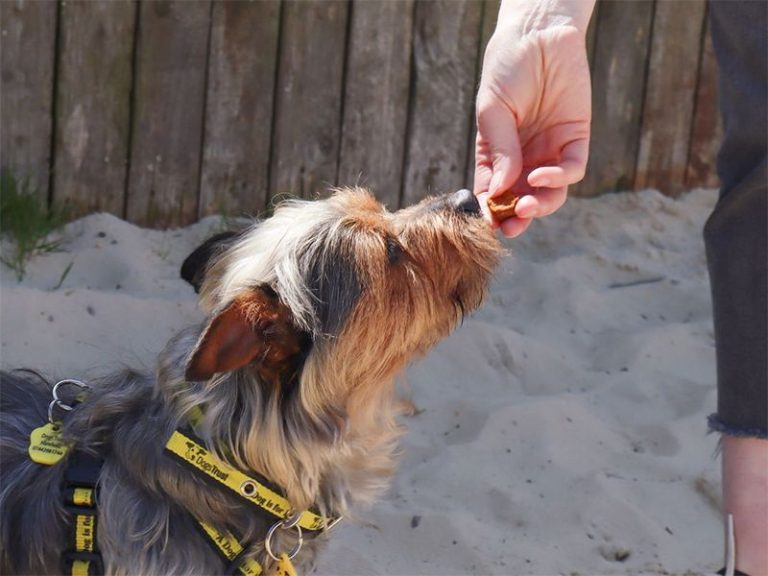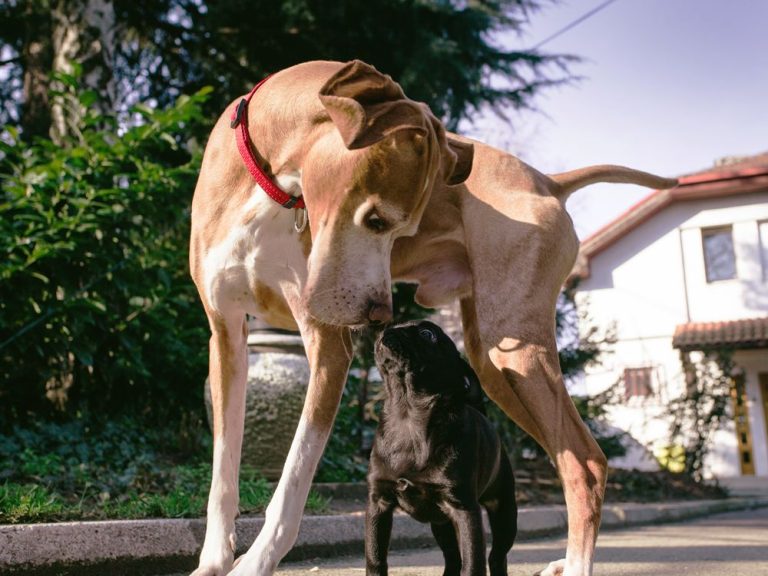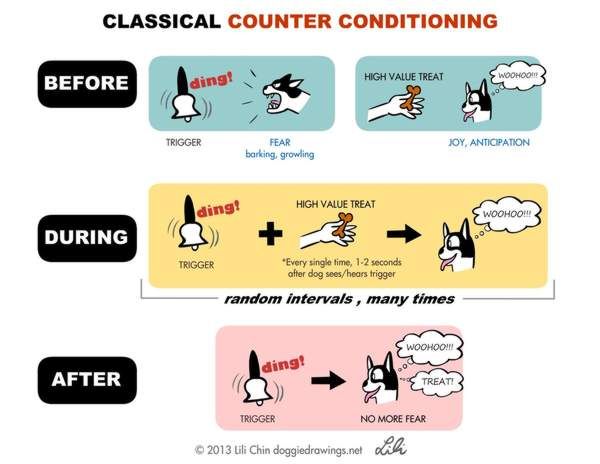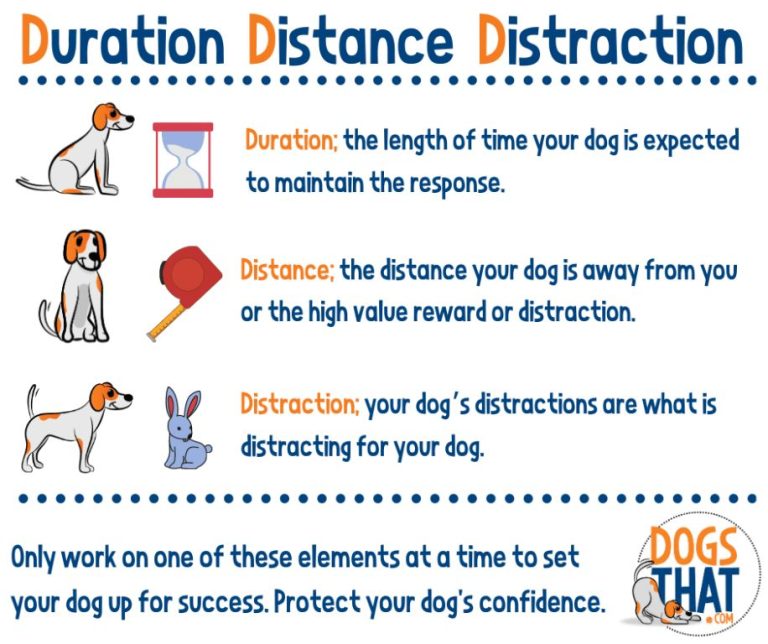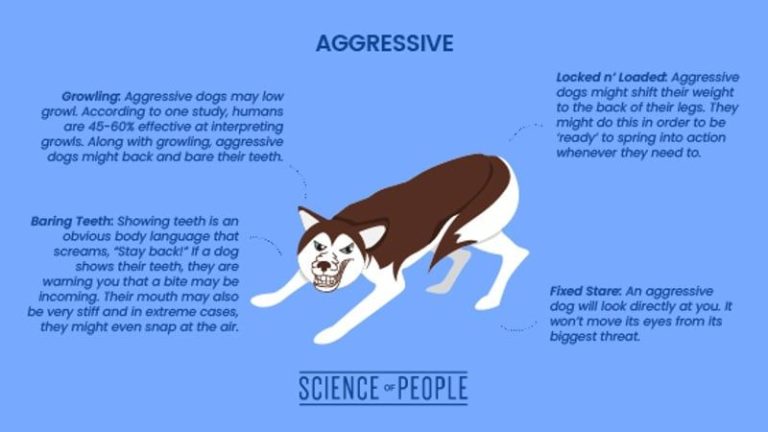Managing Leash Reactivity: Techniques For Walking Calmly On The Street
What is Leash Reactivity?
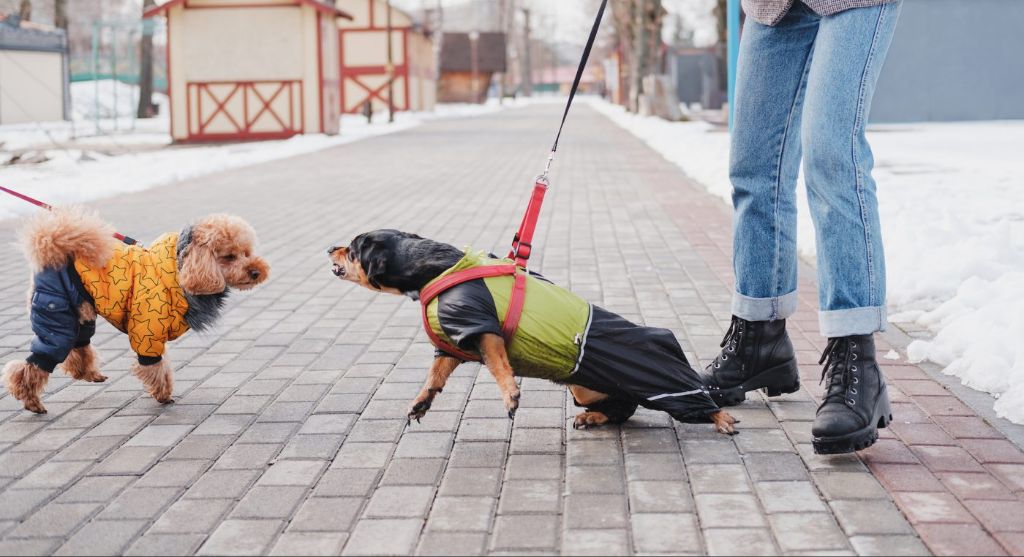
Leash reactivity refers to a dog that displays aggressive or frustrated behavior when on a leash and around triggers like other dogs, people, or sights and sounds (1). Common signs of leash reactivity include lunging, barking, growling, and stiff or tense body language. Leash reactivity usually happens when a dog is straining against their leash trying to get to the object of their reactivity (2).
Common triggers for leash reactivity are:
- Seeing other dogs
- People approaching or walking by
- Sudden noises like traffic or loud vehicles
- Small animals like cats, squirrels or birds
- Bicycles or skateboards
Leash reactivity stems from frustration, over-arousal, or defensive aggression. It can look like aggression, but it often comes from a place of fear, anxiety, or frustration boiling over (2). With consistent training, most dogs can learn to control their reactivity and walk calmly on leash.
Why Does Reactivity Occur?
There are several key reasons why dogs may become reactive on leash:
Fear, anxiety, or over-excitement:
Many dogs react due to underlying fear or anxiety triggered by the presence of other dogs, people, or stimuli. The leash restricts the dog’s ability to create distance, causing the dog to act out aggressively or defensively as a coping mechanism. Over-excitement can also lead to reactivity if the dog lacks impulse control. For anxious or easily excited dogs, leashed encounters can be stressful and provoke a reactive response (Source).
Barrier frustration: The leash acts as a barrier preventing the dog from investigating something that has aroused its interest or greeting another dog. This inability to approach can cause barrier frustration, leading the dog to exhibit leash reactivity. The dog may bark, lunge, and pull in an attempt to get closer to the object or dog, due to built up frustration (Source).
Protectiveness: Some dogs display leash reactivity due to a protective instinct, especially around their owners. The dog may react aggressively to perceived threats when restrained on leash in an effort to protect its owner or itself.
Lack of socialization: Dogs that lacked proper socialization as puppies are more likely to be wary and reactive to unfamiliar people, dogs, or environments when restrained on leash. Insufficient socialization prevents the dog from gaining positive association with stimuli, leading to fear-based reactivity.
Preventing Reactivity
Proper socialization as a puppy is key to preventing leash reactivity. Puppies should be gradually exposed to new sights, sounds, people, and other dogs in a positive and controlled way during their critical socialization period, which is generally between 3-16 weeks old. Taking puppy kindergarten and obedience classes can provide important socialization opportunities. According to the Vetster article, by 4 months old, puppies should be able to walk calmly past people and other dogs.
Continuing obedience training and teaching good leash manners can reinforce calm behavior around distractions. The Animal Humane Society recommends rewarding your dog for disengaging and focusing on you instead of reacting to triggers. Setting your dog up for success by avoiding situations they find overly exciting can also help prevent reactivity before it starts.
Desensitization techniques like counterconditioning can gradually change your dog’s emotional response to triggers. With positive reinforcement and very gradual exposure from afar, dogs can learn to associate other dogs or people with rewards rather than reacting fearfully or aggressively.
Training Techniques
There are several effective training techniques to help manage leash reactivity in dogs:
Counterconditioning involves associating the trigger that causes the reactive response with something positive, like a treat. When the dog sees another dog, for example, give them a tasty treat before they react. This trains them to associate other dogs with good things rather than reacting.1
BAT (Behavior Adjustment Training) relies on keeping the dog under their reactivity threshold while being exposed to triggers from a distance. Slowly decreasing the distance teaches the dog to remain calm and look to their owner for guidance when they see the trigger.2
Treat retreat involves rewarding the dog for disengaging from the trigger by moving away from it. This technique builds the habit of turning towards the owner rather than fixating on the trigger.
Loose leash walking is also important, stopping and changing direction whenever the dog pulls. This refocuses their attention on the owner.
Using a combination of these techniques, owners can effectively train leash reactivity out of their dogs with consistency and patience.
Equipment & Tools
Having the right equipment is crucial for safely and effectively managing leash reactivity. Some of the most recommended tools include:
Head Halters – A head halter like the Gentle Leader 1 slides over a dog’s nose and provides more control over pulling by gently turning the head. This can help deter lunging and create opportunities for positive reinforcement.
Front Clip Harness – Harnesses with a front clip like the Freedom or Sensible harness 2 take pressure off the throat when the dog pulls and make it easier to redirect their attention. The leash attaches in the front to turn the dog toward you.
Long Line/Leash – Using a longer 15-30 foot leash or a long line can provide more space between a reactive dog and triggers. This makes it easier to create distance and get their attention back on you.
High Value Treats – Having a bait bag stocked with high value rewards like real meat, cheese, or favorite treats is essential for reinforcing calm behavior during walks. The tastier the rewards, the more motivated the dog will be.
Management Tips
There are several management techniques you can try to help minimize your dog’s reactivity during walks:
Avoid known triggers if possible. Walk your dog at off-peak hours when you’re less likely to encounter other dogs or people. Cross the street or turn around to create more distance if you spot a trigger ahead.
Stay calm and relaxed on walks. Take deep breaths and speak softly to transmit this calm energy through the leash to your dog. Tension on the leash can escalate your dog’s reactivity.
Watch your dog’s body language for signs he may be getting aroused or reactive. Yawning, lip licking, hard staring, stiffening, and changes in ear position can all be early warning signs. Redirect your dog’s attention before he hits his reactivity threshold.
Consider a front-clip harness which can help minimize lunging. Equipment like a Thundershirt may also help lower anxiety.
Start counterconditioning by creating positive associations with triggers at a distance. Reward calm behavior and disengage before your dog reacts.
Be patient and consistent. With time and training, you can help your dog stay focused on you instead of reacting to triggers on walks.
Medications & Supplements
Medications can be a helpful tool in managing leash reactivity when combined with training. Some commonly prescribed medications for leash reactivity include:
Prescription Medications:
– Fluoxetine (Prozac): This SSRI has been FDA approved for treatment of separation anxiety in dogs and can help with anxiety-related reactivity. It can take 4-6 weeks to take effect (1).
– Clomipramine: A tricyclic antidepressant sometimes prescribed for leash reactivity. It affects serotonin and norepinephrine and can take 6-8 weeks to take effect (2).
– Trazodone: This medication is often used situationally to calm anxiety. It can be given prior to walks to reduce reactivity (3).
Pheromones:
– Adaptil: A synthetic pheromone collar or diffuser that can provide calming effects. Some owners find it helps decrease reactivity.
Supplements:
– L-theanine: An amino acid that increases calmness without drowsiness. May help dogs remain relaxed on walks.
– Melatonin: Can be given short-term for anxiety. Best given 1-2 hours before walks.
Check with your veterinarian before giving any medications or supplements. Work closely with them to find the right solutions for your dog’s needs.
Working with a Trainer
Seeking the guidance of an experienced professional can greatly benefit training for leash reactivity. According to dog trainer Lori Nanan of Lori H Dog Trainer (https://www.lorihdogtrainer.com/leash-reactivity), private lessons allow the trainer to evaluate your dog’s unique triggers and tailor a training program to address their specific needs. One-on-one attention also enables the trainer to coach you on proper timing and technique for the most effective implementation of training.
When looking for a trainer, the Certification Council for Professional Dog Trainers (https://www.ccpdt.org/dog-owners/certified-dog-trainer-directory/) recommends someone using positive reinforcement techniques. Avoid trainers who rely on physical punishment, which can increase anxiety and reactivity. The trainer should have experience specifically helping dogs overcome on-leash aggression or barking.
While group training classes can provide socialization opportunities, initially they may be too distracting and stimulating for a leash reactive dog according to dog training advice on Reddit (https://www.reddit.com/r/Dogtraining/comments/lehxdo/success_stories_with_positive_reinforcement_for/). Once your dog has made progress in one-on-one training, group classes can become part of the training plan.
Living with a Reactive Dog
Living with a reactive dog can be challenging, but there are ways to enrich their life at home and provide mental stimulation. Focus on providing plenty of exercise, playtime, and enrichment activities to help prevent boredom. Puzzle toys, snuffle mats, chews, and food dispensing toys are great for occupying your dog when they need to unwind.
It’s also important to maintain management and routine. Keep your dog on a consistent schedule with regular meals, walks, training, and rest times. Stick to your training plan and use management tools like leashes, harnesses, and muzzles whenever going out in public. While at home, make sure your dog gets quiet time in their crate or safe space when needed.
Enrichment and mental exercise will help channel your reactive dog’s energy in positive ways. But diligent management is also key to ensuring good behavior and preventing reactions. With time and consistency, you can help your dog live a happy, enriched life while keeping reactivity under control.
Success Stories
Many owners have seen great improvements in their dogs’ reactivity through dedicated training and management. Though it takes patience and consistency, these real-life examples showcase that progress is possible.
On Reddit, one owner described their success working with a very reactive rescue dog [1]. Using reward-based training, they saw gradual improvements in their dog’s threshold distance and ability to focus on them instead of reacting. While their dog may never be “cured”, their consistent management helps set him up for success.
Erin worked extensively with her reactive dog Bear using desensitization training near dog parks [2]. After implementing force-free techniques over time, his reactions went from lunging and barking to simply freezing in place when seeing another dog. Though ongoing management is still needed, Erin can now take Bear on walks confidently.
Shadow struggled with aggression and barking on leash, making walks very difficult according to his owner [3]. After working with a certified trainer utilizing counterconditioning, Shadow can now successfully walk in parks on a loose leash without reacting to people or dogs passing by.

